I am trying to understand how the shading ring in solenoid valves is able to produce a 90° out phase magnetic field compared to the coil's magnetic field. The logic seems different from a shaded pole motor.
The solenoid valve is composed of a magnetic plunger (E in picture) surrounded by a coil (A in picture), a shading ring (ring of copper or aluminium, C in picture) placed at the end of the plunger and a string.
The solenoid being AC powered, the magnetic field produced by the coil collapses periodically as the magnetic force. During this moment the plunger could chatter due to the spring. The shading ring role is to create a 90° out phase magnetic field that will compensate the collapse of the coil magnetic field and keep the plunger attracted.
As I see it, the magnetic field created by the solenoid coil will travel trough the shading ring. Then according to Lenz's law, the shading ring magnetic field will oppose to the coil flux. Therefore, should it not be 180° out of phase instead of 90°?
How does 90° phase difference is acheived ?
